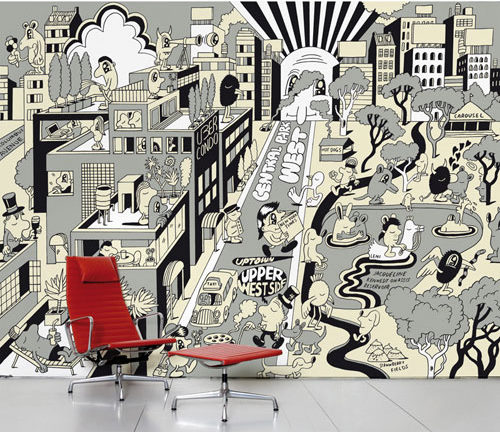Medication Cap Reminds, Refills and Encourages
Sunday, August 16th, 2009I have blogged many times on various designs aimed at improving medication adherence. Remembering to take your meds and remembering to refill your perscriptions are serious cognitive design challenges, especially for the elderly taking many medications.
Enter the GlowCaps product from Vitality. You use special caps:
and this gadget that plugs easily into a wall socket.

The gadget pulses orange when it is time to take a pill, sends a weekly update to someone you designate (for social support), connects to your pharmacy and automatically reorders and sends a monthly report to you and your doctor indicating if you missed, met or exceeded your compliance goals. You are provided an incentive to exceed your goals.
I imagine there is some set up involved. Although I have not tested it yet, this appears to have a lot of the right stuff from a cognitive design perspective.









 Image a device, implanted in your brain, that allows you to tune the neurochemistry of motivation to make difficult tasks easy and even immensely enjoyable. That is the idea behind, iPlant, a conceptual design for Human application (10 years out?) but already working in some mammals. The device generates dopamine (reward drug) or a powerful motivator to repeat what you just did such as exercise, avoid eating a cookie (self-regulation), study a difficult passage and so on.
Image a device, implanted in your brain, that allows you to tune the neurochemistry of motivation to make difficult tasks easy and even immensely enjoyable. That is the idea behind, iPlant, a conceptual design for Human application (10 years out?) but already working in some mammals. The device generates dopamine (reward drug) or a powerful motivator to repeat what you just did such as exercise, avoid eating a cookie (self-regulation), study a difficult passage and so on.